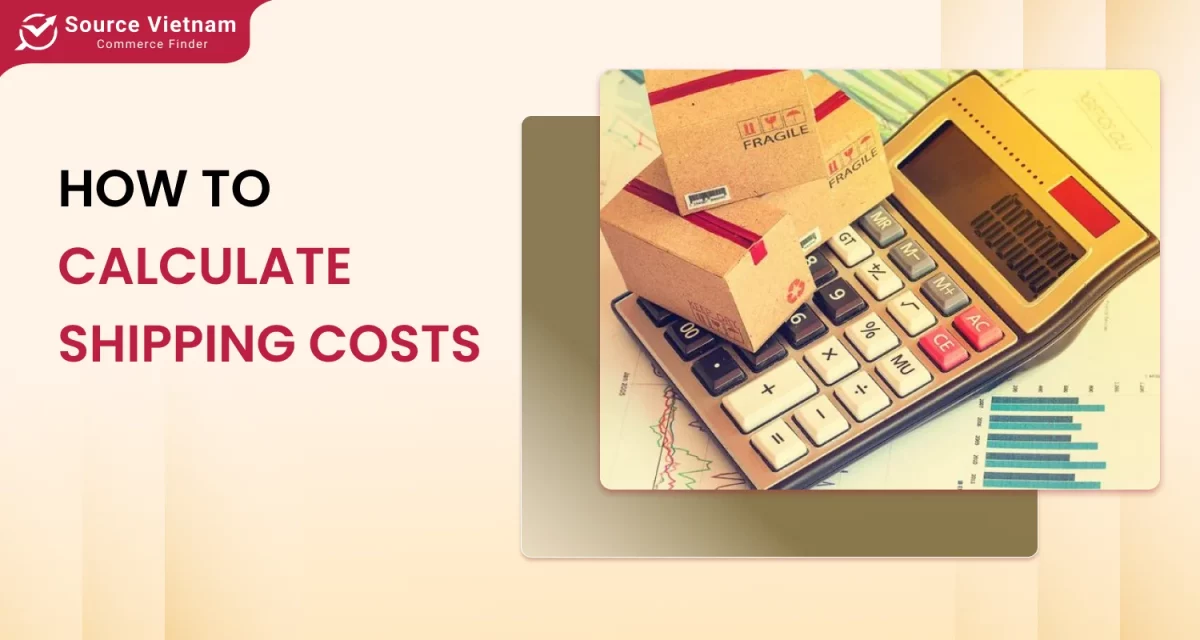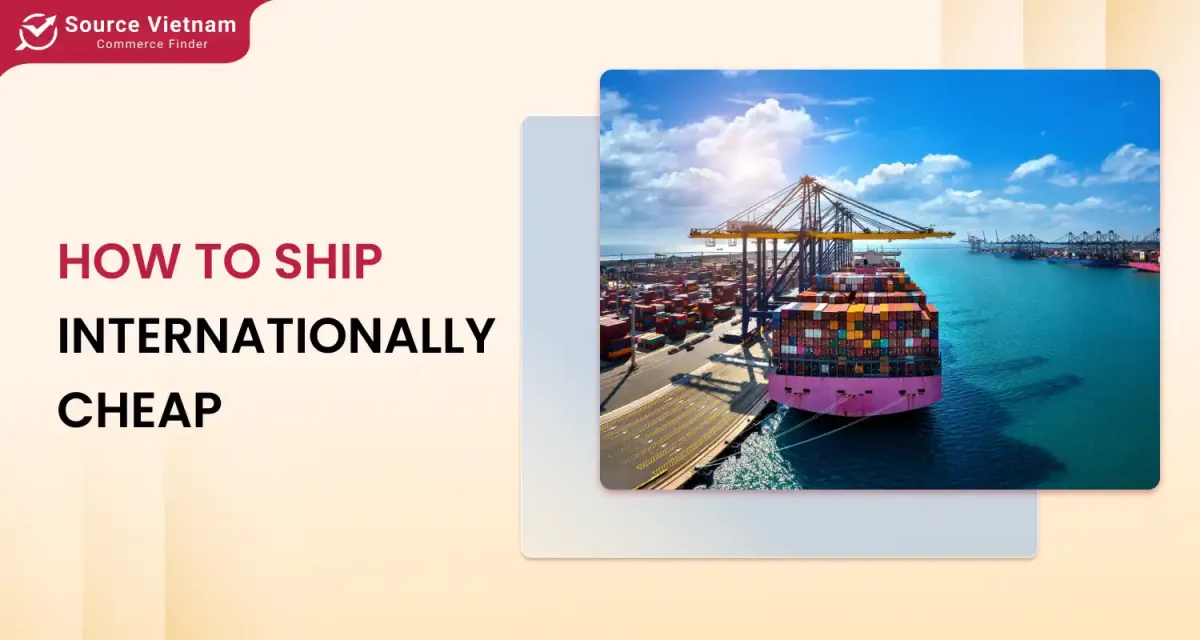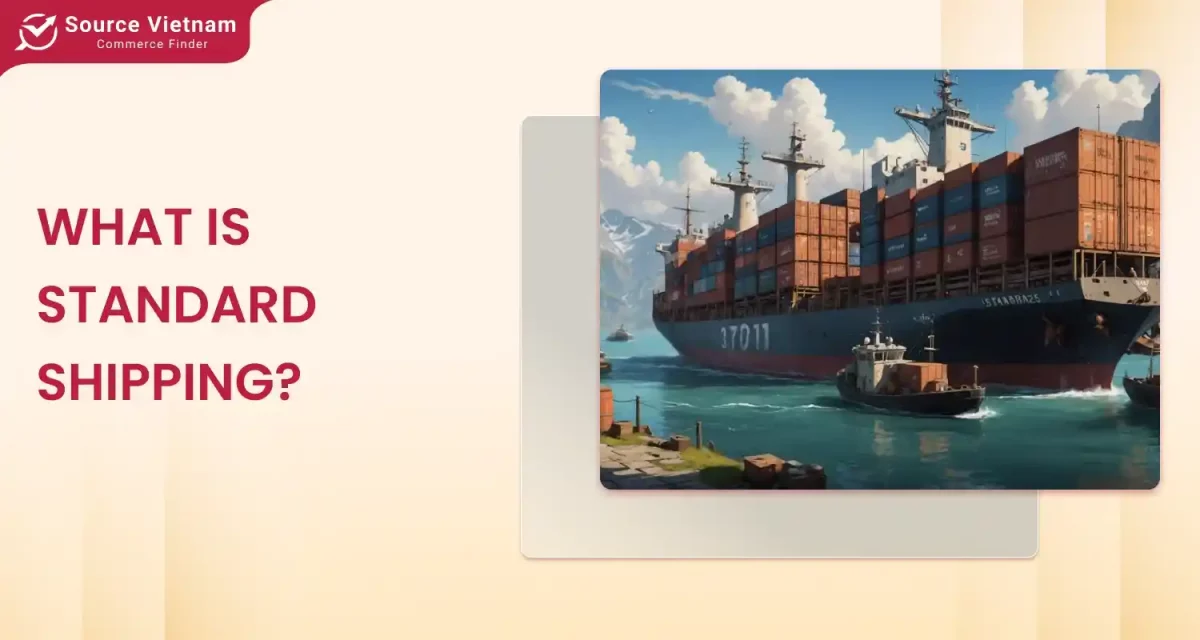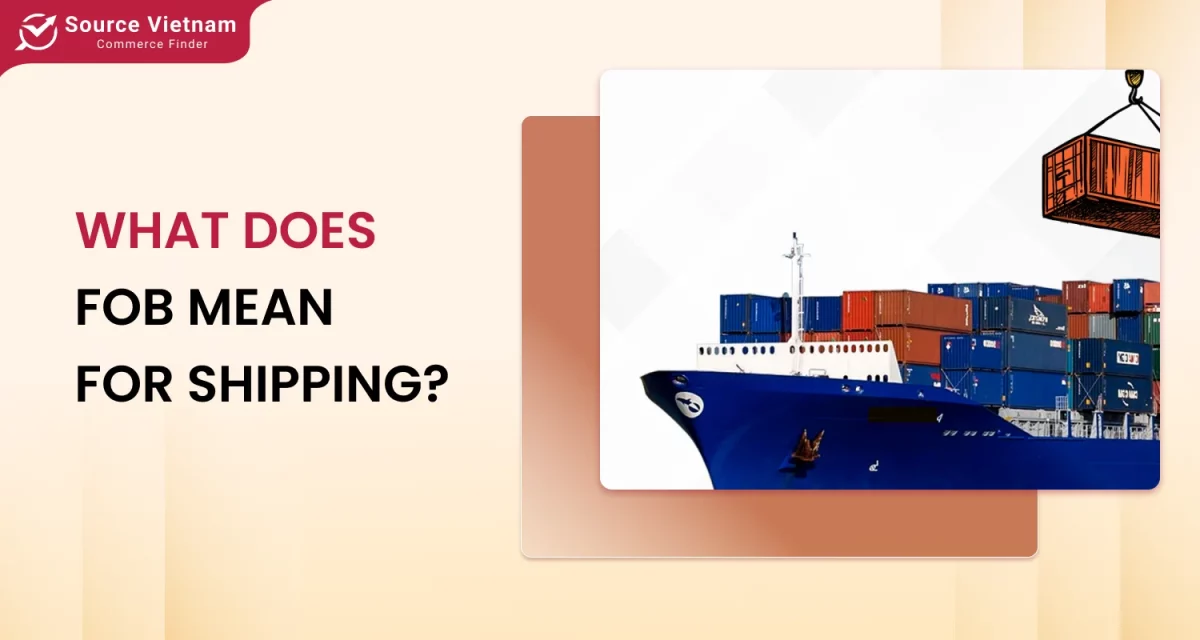Insight:
- Drayage refers to the short-haul transport of goods between manufacturers, warehouses, and ports.
- Various drayage services are tailored to meet specific logistics needs.
- The drayage market is poised for growth, driven by rising demand for efficient global transportation solutions.
What is Drayage?
In the logistics industry, Drayage refers to the process and costs of transporting goods between a manufacturer or warehouse and the port of origin or destination. Drayage is the short-haul transportation at both ends of a shipment, connecting the initial shipper to the port and the port to the final consignee.
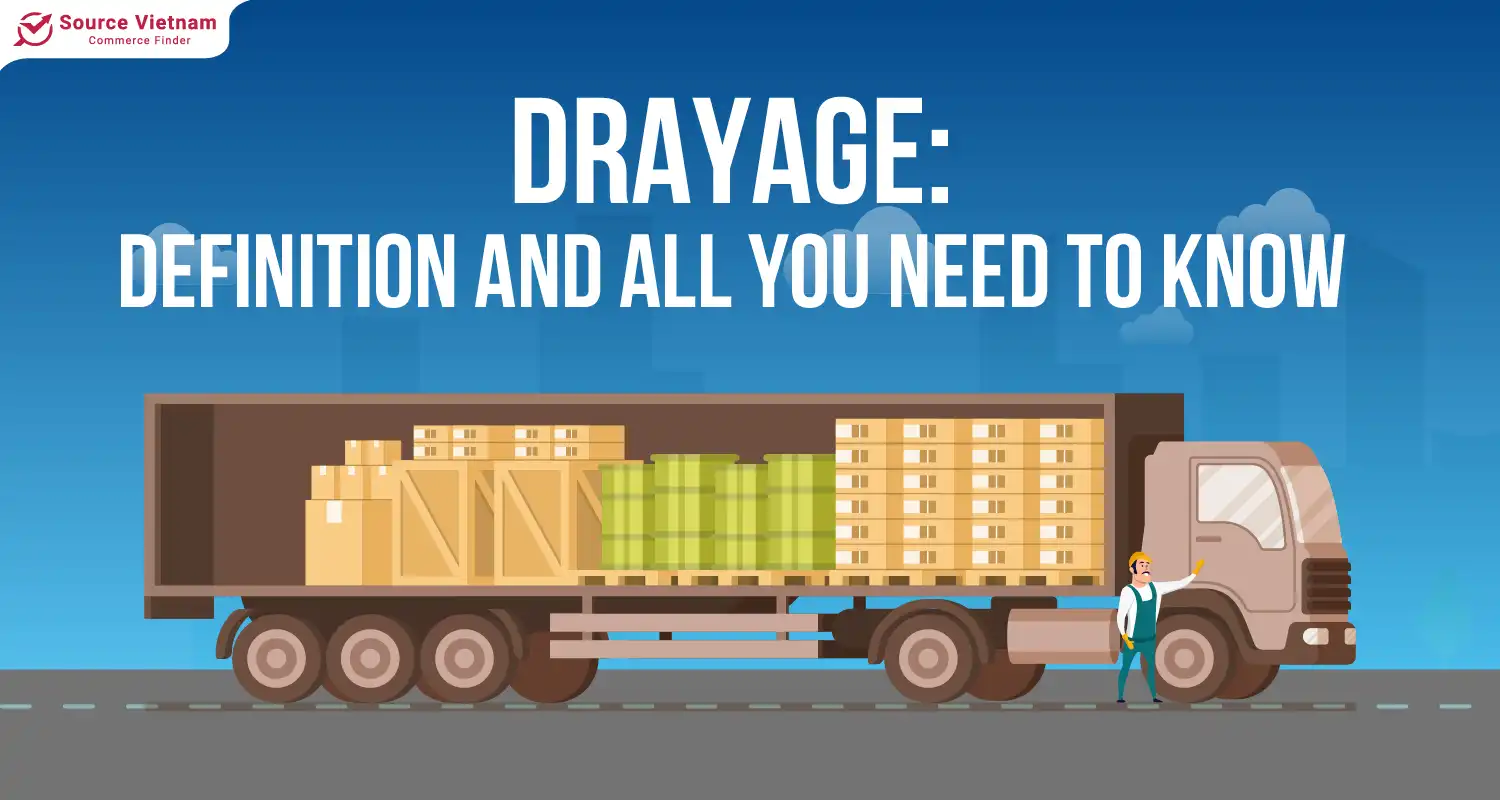
While the term “Drayage” might be unfamiliar to some, its roots can be traced back to the early days of transportation when horses were used to pull heavy loads. These horse-drawn carts were known as “drays”.
Typically, Drayage operations are confined to urban areas and short distances. They often require the services of a truck driver. Despite its relatively short range, Drayage plays a crucial role in long-haul transportation, facilitating the movement of goods between different transportation modes and ensuring a seamless supply chain.
In essence, the Drayage definition is a critical component of intermodal transportation. It ensures a smooth transition of goods between various modes of transport, such as ships, trains, and trucks. Subsequent sections will delve into the specific types of drayage and its intricate relationship with intermodal transportation.
Read more: New Updates of The Global Transportation and Logistics Industry
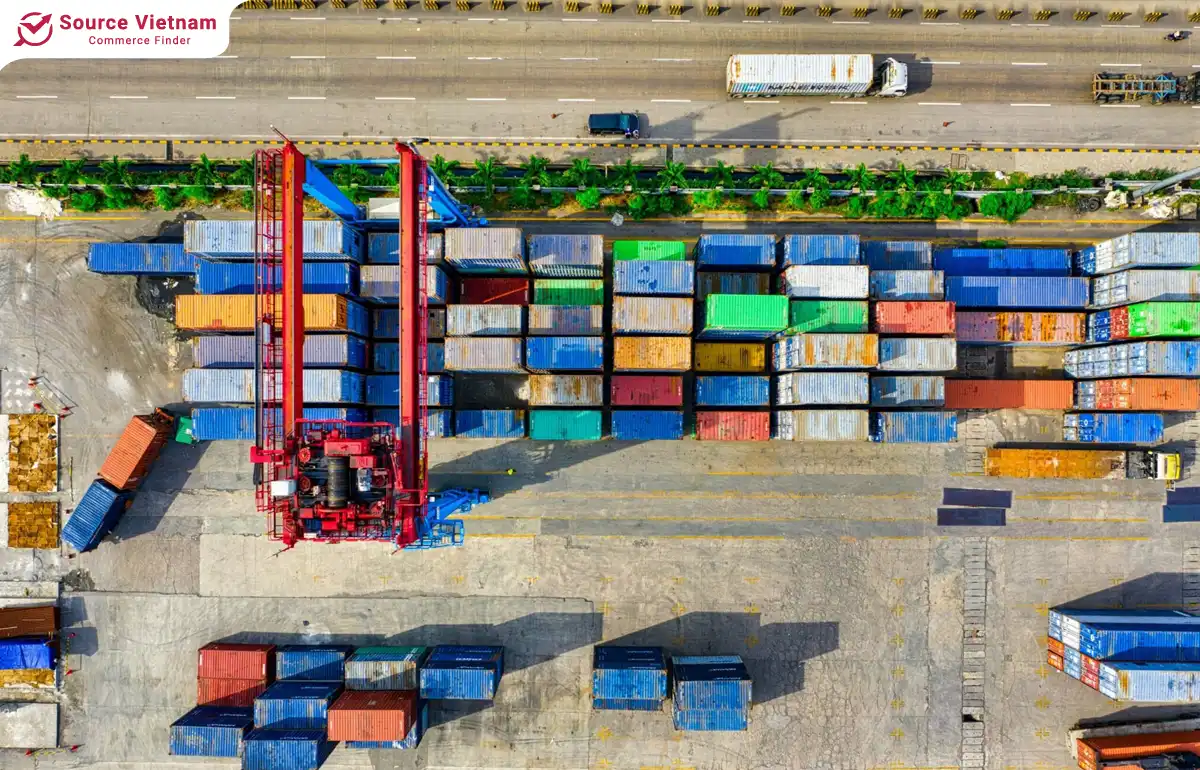
Popular types of Drayage
When you define drayage meaning. Here are the 6 most common types of drayage services today:
Pier Drayage
While sometimes used interchangeably with Port Drayage, this specifically refers to transporting goods to and from ports and nearby locations within a short distance. Conversely, although transporting goods to ports or docks, rail Drayage focuses on railway stations or rail yards.
Essentially, rail Drayage trucking containers and cargo from railway stations or rail yards to port docks or piers. This process enhances efficiency and reliability in transferring containers to international ocean transportation.
Intra-Carrier Drayage
As the name suggests, Intra-Drayage refers to the movement of goods within facilities owned by the same transportation company, such as transportation hubs, docks, transfer stations, or freight yards. In simpler terms, it is a short-haul transportation process that occurs entirely under the control and ownership of a single carrier.
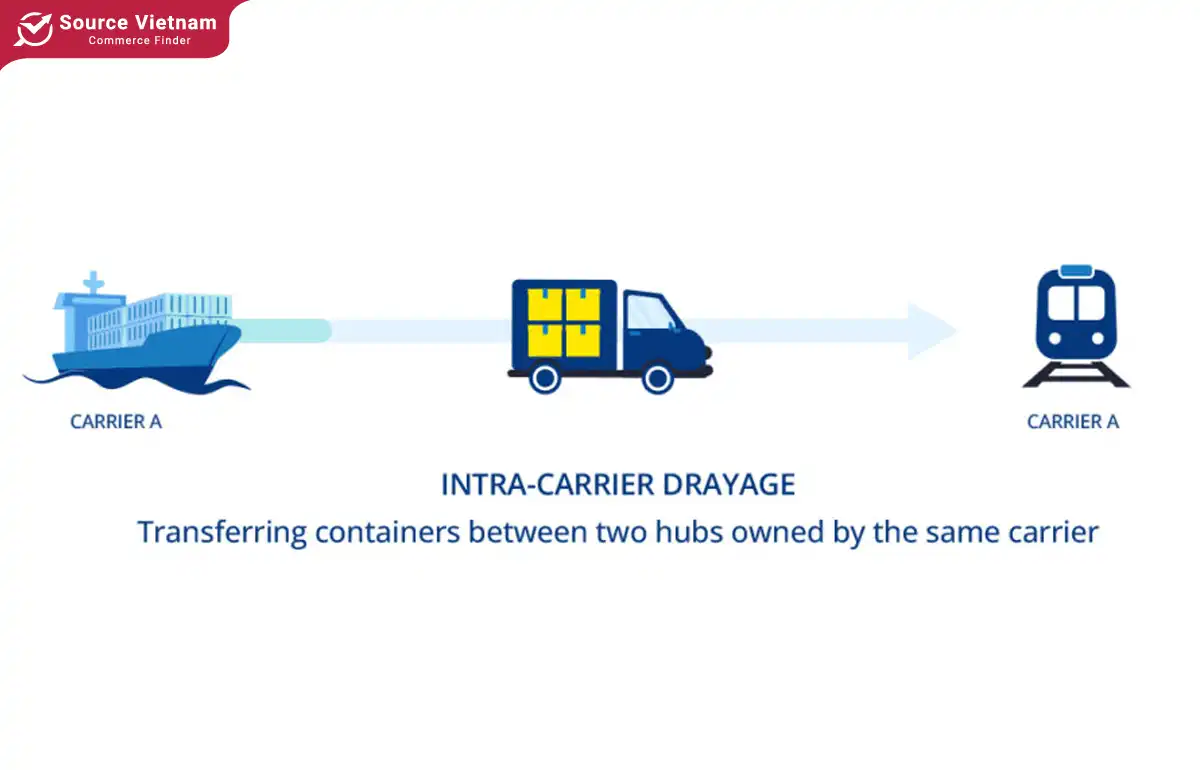
Only one transportation company is involved, although it may encompass multiple intermodal transportation centers.
Inter-Carrier Drayage
In contrast to Intra-Drayage, interline Drayage meaning involves services related to multiple carriers. This may include transporting goods within the same mode of transport or in intermodal transportation, such as from a rail yard to a truck transfer station. According to the North American Intermodal Association, interline Drayage is also known as Drayage in the city, as it involves moving an intermodal unit “around town” by rail to continue its journey.
Shuttle Drayage
While Shuttle Drayage also involves short-haul transportation of goods from transportation hubs at both origin and destination points, it has distinct characteristics compared to other types of Drayage. Transit Drayage moves cargo to temporary storage facilities with limited capacity instead of transporting goods from ports or transportation centers to warehouses as standard Drayage does.
This temporary arrangement often occurs during peak seasons when primary transportation hubs are overloaded or experiencing operational disruptions. Although this adds an extra step to the logistics chain, it is a critical type of Drayage for managing the overflow of goods due to congestion at busy ports or transportation hubs.
Door-to-Door Drayage
Like Shuttle Drayage, door-to-door Drayage meaning is a specialized type of Drayage that does not involve transferring goods to warehouses or storage facilities. Instead, this mode is characterized by its direct delivery method – transporting goods directly to the customer from the final destination. At the port of origin, door-to-door Drayage often bypasses intermediate warehouses and sends goods directly to the destination port before delivering them directly to the customer.

Additionally, instances where goods are transported directly from the seller’s warehouse to the destination port and then to the customer are also considered door-to-door Drayage, as the primary characteristic of this mode is the direct delivery to the customer’s location.
Expedited Drayage
Expedited Drayage provides expedited transportation for time-sensitive shipments. This service prioritizes speed and efficiency, making it ideal for perishable goods or shipments with tight deadlines. Expedited Drayage ensures that urgent cargo reaches its destination quickly by offering faster pickup and delivery times at both ports.
Long-haul drayage
While Drayage typically refers to the short-haul transportation of goods, usually over distances within the same city or metropolitan area, it can also extend beyond this scope in certain circumstances. In some cases, Drayage may involve the movement of goods over longer distances, such as transporting cargo from a port to an inland distribution center located several miles or even cities away. This expanded role highlights the flexibility of Drayage in adapting to diverse logistical needs, bridging the gap between ports and various distribution points across a wider geographical area.
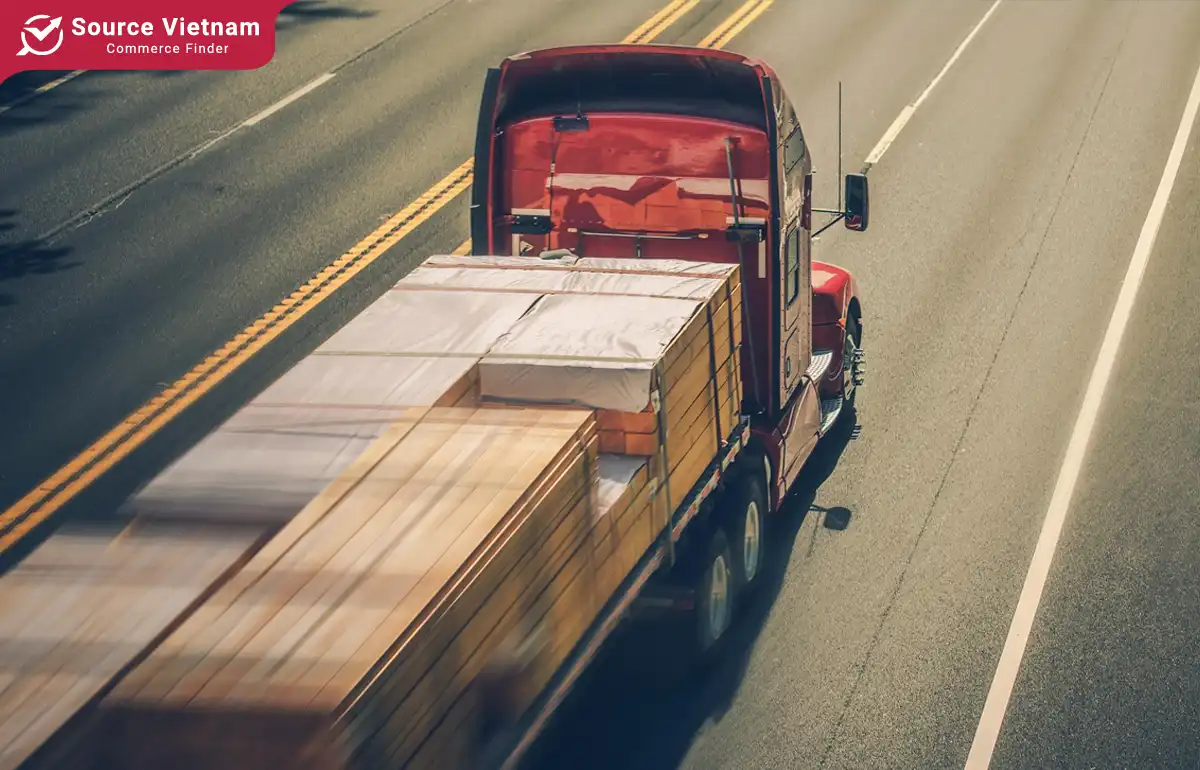
Drayage and Intermodal Transportation
Drayage and intermodal transportation are two interrelated concepts in the logistics industry, yet they represent distinct aspects of the transportation process. While intermodal transportation involves the use of multiple modes of transport such as ships, trains, trucks, and airplanes to move goods or containers, rather than relying on a single mode, Drayage specifically refers to the short-haul transportation of goods, typically containers, by truck over relatively short distances as part of a longer journey.
Although Drayage and intermodal transportation are distinct concepts, Drayage plays a vital role in linking these various modes of transport. It ensures a seamless transition of goods between different transportation stages, effectively minimizing both warehousing time and associated costs. By facilitating the smooth transfer of cargo across different transport legs, Drayage significantly enhances the efficiency of the entire logistics process. When combined with intermodal transportation, Drayage contributes to a faster and more streamlined movement of goods, ultimately improving global supply chains’ overall efficiency and effectiveness.
Read more: What does partially shipped mean? Pros and Cons need to know
Understanding Drayage Costs and Charges
Businesses need to clearly understand the cost structure associated with Drayage services to accurately budget their shipping expenses. Drayage costs can vary depending on several factors, including distance, type of cargo, and the level of service required. Here are some common charges associated with drayage:
- Fuel Surcharge: This fee is subject to adjustments based on fluctuations in fuel prices. It reflects the variable cost of fuel, which can impact the overall expense of transporting cargo.
- Line Haul Rate: This rate is determined by the distance traveled and covers the cost of transporting containers between two specific points. It represents the primary expense associated with the long-haul movement of goods.
- Chassis Usage Fee: This charge applies to using a chassis during the cargo transportation process. It compensates for the rental and maintenance of the chassis, which is essential for carrying drayage shipping containers.
- Drop Fee: This fee is incurred when a truck delivers a container to a warehouse and later returns to collect the empty container. It is charged because the container drayage is not emptied immediately upon delivery, requiring an additional trip.
- Congestion Fee: This fee is levied when congestion at ports or terminals causes delays in the handling of cargo. It compensates for the additional time and resources needed to manage delays due to heavy traffic or operational bottlenecks.
- Yard Pull (or Pre-Pull) Fee: Charged when a container is picked up from a port and stored in a warehouse before its final delivery. This fee covers the cost of moving and storing the container drayage temporarily before it reaches its destination.
- Special Handling Charges: These additional fees are applied when special handling or equipment is needed for hazardous, refrigerated, or overweight cargo. They account for the extra resources and precautions to manage such specialized shipments.

By proactively accounting for these charges and understanding the dynamics of Drayage costs, businesses can make informed decisions that align with both their logistical needs and budget constraints.
Future of Drayage
As a crucial component of transport and logistics operations, the growing use of drayage is no surprise. According to Technavio’s research, the drayage market is projected to expand by over USD 3 billion, with a compound annual growth rate (CAGR) of 2.52% from 2024 to 2028.
Drayage plays a crucial role in the shipping process by seamlessly connecting different stages of transport, ensuring the efficient and effective movement of goods on a global scale. By bridging various modes of transportation and addressing potential friction points within the supply chain, Drayage services are essential in maintaining global trade systems’ smooth and reliable operation. These services help to streamline transitions between different transport modes, contributing to a more coordinated and effective Drayage logistics network.
Conclusion
The above is all information about what drayage meaning. With the relentless advancement of transportation services, we can anticipate further developments in drayage. Additionally, by connecting various modes of transport, drayage is critical in advancing global business trade.
For more insights and updates, please visit SourceVietnam.com – the premier B2B e-commerce export platform for Vietnamese businesses. With a host of features designed to assist in selling products and reaching international buyers, SourceVietnam.com is committed to supporting your global expansion. We are always available to assist with any inquiries you may have.


